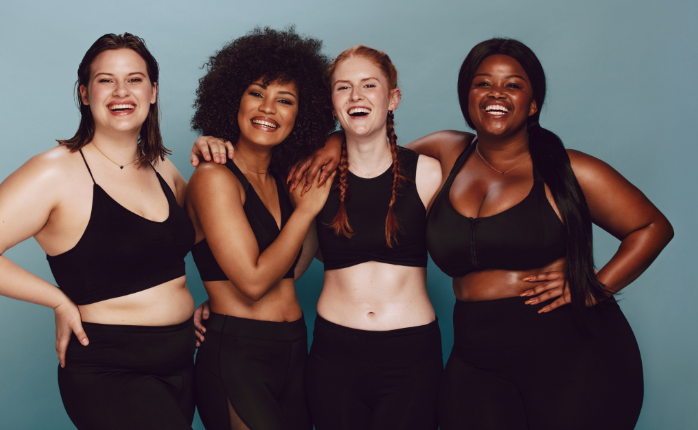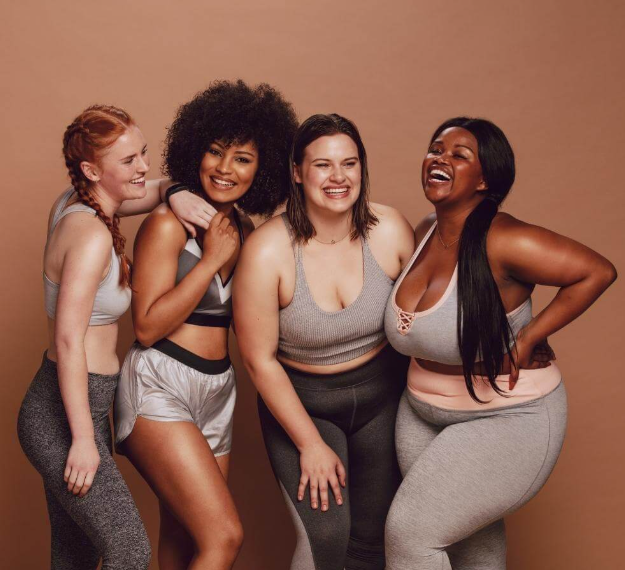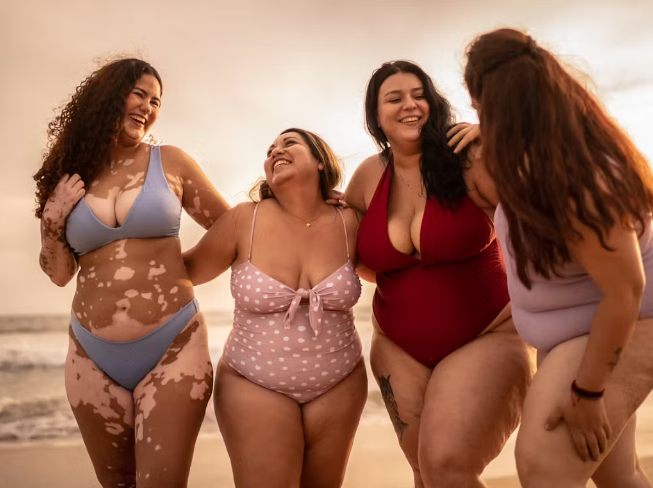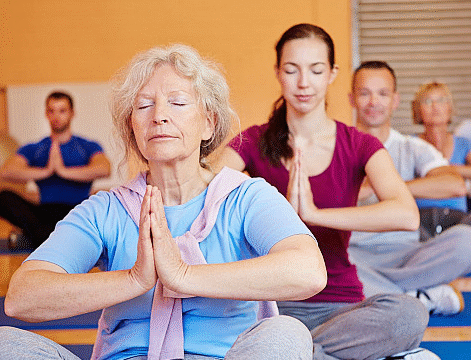Every person has a unique body, a distinct story written through genetics, lifestyle, and life experiences. For too long, society has imposed narrow definitions of beauty, leaving many individuals feeling excluded or inadequate. In recent years, however, a powerful movement has risen to challenge those outdated ideas: body positivity. This approach is more than just a trend—it is a philosophy of acceptance, respect, and compassion toward oneself and others.
In this guide, we will explore what body positivity truly means, how it began, the challenges people face in their journeys, and practical steps you can take to embrace your body with kindness. Whether you are a student navigating social pressures, a parent setting examples for children, or someone simply seeking peace in your own skin, body positivity offers a path toward greater confidence and joy.

What Body Positivity Really Means
At its core, body positivity is the belief that all bodies deserve respect and care, regardless of size, shape, color, or ability. It is not about ignoring health or pretending differences don’t exist; instead, it’s about challenging harmful beauty standards and creating space where everyone can feel seen and valued.
Body positivity teaches that you are worthy of love at every stage of life. Beauty is diverse and cannot be defined by a single standard. Self-respect and health can coexist with acceptance. Social media images are often curated and do not reflect reality. By shifting from criticism to compassion, people begin to see themselves not as projects to fix but as individuals deserving of joy and dignity.
The Origins of the Body Positivity Movement
The roots of body positivity stretch back to the fat acceptance movement of the 1960s and 70s, which sought to challenge discrimination based on body size. Over the decades, activists, writers, and artists expanded this idea into a broader conversation about inclusivity.
By the early 2000s, the term body positivity gained traction online, where individuals began sharing unedited photos and stories to challenge mainstream advertising. Today, the movement includes voices from diverse backgrounds—highlighting not only size acceptance but also conversations about disability, race, gender identity, and aging.
This evolution shows that body positivity is not a destination but a journey toward equality and self-respect.

Why Body Image Struggles Are So Common
Many people struggle with body image because of constant exposure to media messages that promote unrealistic ideals. From fashion magazines to filtered selfies, individuals are bombarded with images that suggest perfection is the standard.
Research shows that adolescents often feel pressured to match peers they see online. Adults may internalize years of messaging that certain body types are better. Comparisons often lead to stress, anxiety, and lower self-esteem.
Understanding these pressures is the first step to breaking free from them. By recognizing that these ideals are socially constructed, people can begin to question them and reclaim control over how they view themselves.
The Role of Social Media
Social media can be both helpful and harmful in the journey toward body positivity. On one hand, platforms like Instagram and TikTok often promote edited and filtered images that set impossible standards. On the other hand, many communities now share unfiltered pictures, honest stories, and motivational content that celebrate real bodies.
To make social media more positive, consider following creators who embrace authenticity, limiting time on accounts that make you feel inadequate, curating your feed to include diverse representations of beauty, and sharing your own experiences to help others feel less alone.
When used wisely, social media becomes a tool for empowerment rather than comparison.
How Body Positivity Benefits Mental Health
Embracing body positivity can have profound effects on mental well-being. Studies suggest that individuals who practice self-acceptance experience reduced anxiety about appearance, greater confidence in social situations, improved motivation for healthy behaviors without shame, and a stronger sense of belonging in communities.
By shifting from self-criticism to kindness, people nurture resilience and create a healthier mindset. This in turn supports better decision-making in areas like nutrition, exercise, and personal relationships.

The Connection Between Health and Body Positivity
A common misunderstanding is that body positivity discourages healthy habits. In truth, it encourages caring for your body in compassionate, sustainable ways. Instead of exercising or eating to punish yourself, body positivity reframes these actions as celebrations of what your body can do.
Practical approaches include enjoying movement you actually like, such as dancing, yoga, or walking. Eating mindfully, focusing on nourishment rather than restriction. Listening to your body’s signals of hunger and rest. Seeking professional advice when needed, without shame.
The philosophy emphasizes that health is not about fitting into a specific size but about balance, energy, and well-being.
Everyday Practices for Embracing Your Body
Here are gentle practices to integrate body positivity into daily life. Begin with affirmations and start your day with kind words like, “I am more than my appearance.” Try mirror rituals where you notice features you appreciate. Focus on gratitude for function, reminding yourself of what your body allows you to do—walk, breathe, create, and connect. Choose comfortable fashion that feels good rather than simply following trends. Surround yourself with supportive people who uplift you. Take digital detox breaks from media that triggers comparison. Finally, explore creative expression through art, writing, or music to celebrate your uniqueness.
These small steps, practiced consistently, reshape inner dialogue and build confidence.
Teaching Body Positivity to Children
Children absorb messages about appearance early, often from family and media. Parents, teachers, and mentors can help by avoiding negative self-talk in front of kids, praising children for qualities beyond appearance such as kindness or creativity, introducing diverse books and shows that celebrate different body types, and encouraging play and movement without associating it with weight.
Raising children in a body-positive environment lays the foundation for lifelong self-respect.
The Intersection of Culture, Identity, and Body Image
Cultural norms influence how people perceive beauty. In some societies, curvier bodies are celebrated, while in others, thinness is idealized. For individuals navigating multiple cultural expectations, body image can become even more complex.
Body positivity invites us to respect cultural differences while also questioning harmful pressures. It reminds us that identity is multi-layered, and no single standard should erase the beauty of diversity.
Challenges in Practicing Body Positivity
The journey is not always smooth. People may face internalized criticism built over years, peer pressure to conform, online negativity or body shaming, and misunderstandings about what body positivity really means.
Overcoming these challenges requires patience. Remember that progress is not about perfect positivity but about compassion and growth.
Building Supportive Communities
Body positivity thrives in community. Support groups, online forums, and local initiatives provide safe spaces for people to share experiences and encouragement. By connecting with others who value inclusivity, individuals find strength and validation in their journeys.
Some ways to build community include joining workshops or clubs focused on wellness and acceptance, engaging in body-positive campaigns at schools or workplaces, and supporting brands that embrace diversity in advertising.
Celebrating Small Victories
True transformation comes not from one grand gesture but from small, consistent changes. Each time you choose kindness over criticism, you take a step toward a healthier relationship with yourself. Celebrating these moments reinforces progress and builds lasting confidence.
Examples include smiling at your reflection instead of frowning, wearing a piece of clothing that makes you feel good, speaking kindly about your body in conversation, and allowing yourself rest without guilt.






